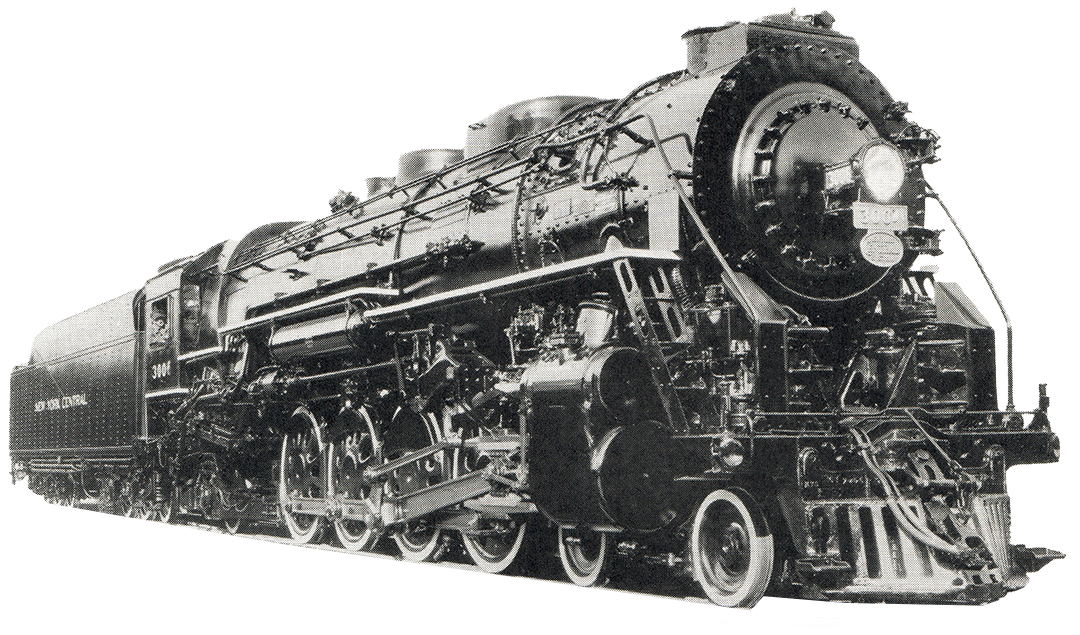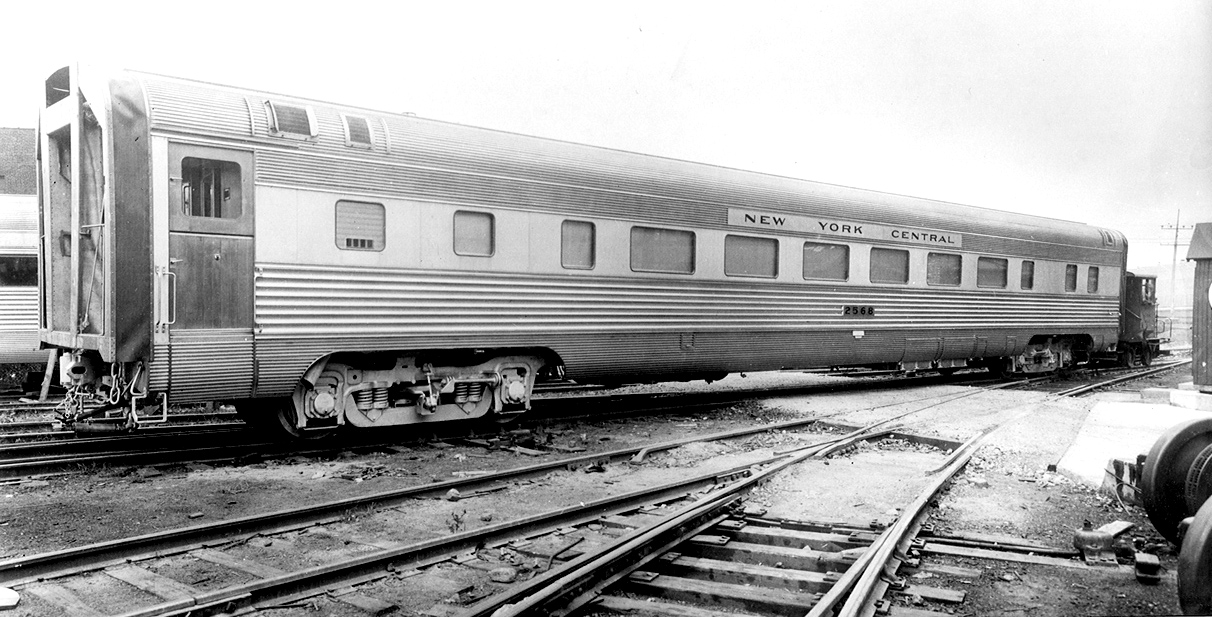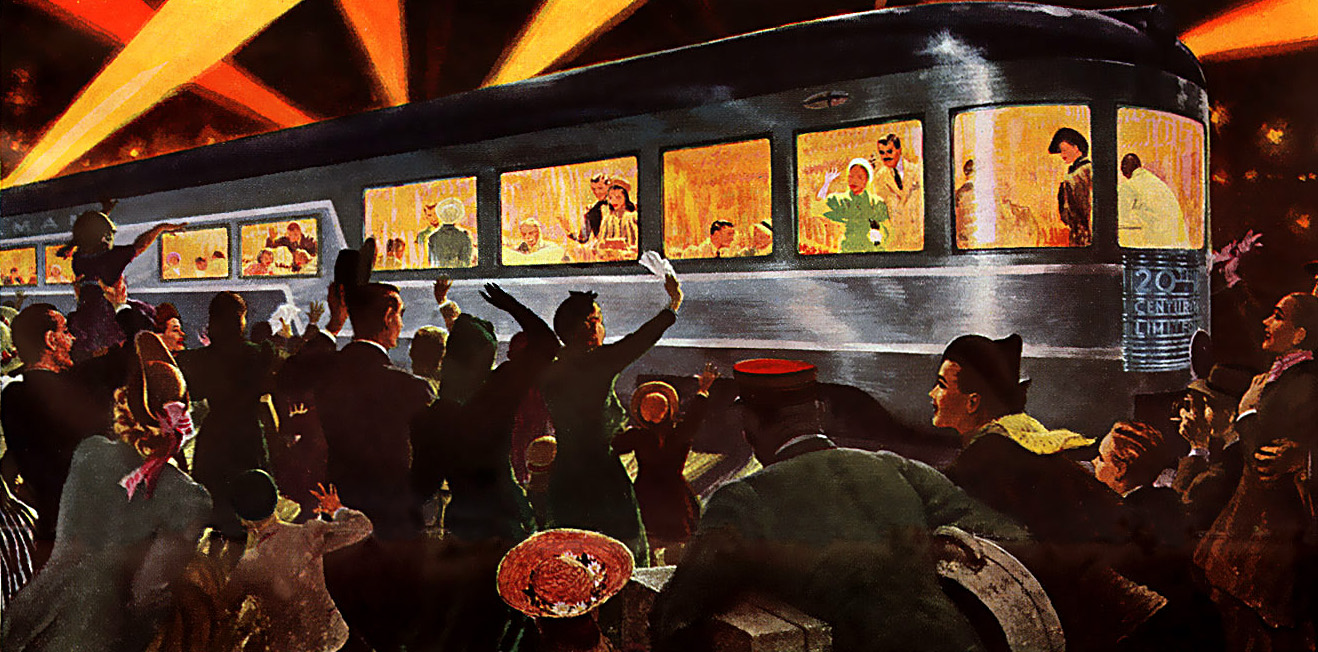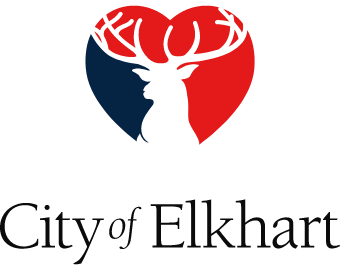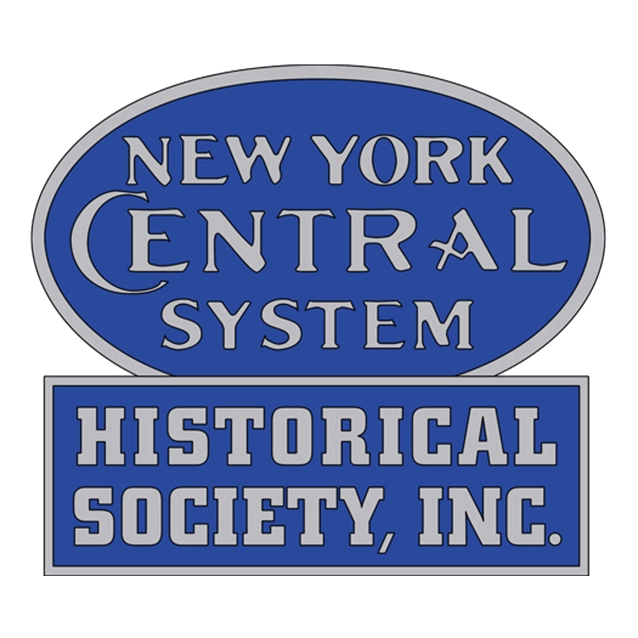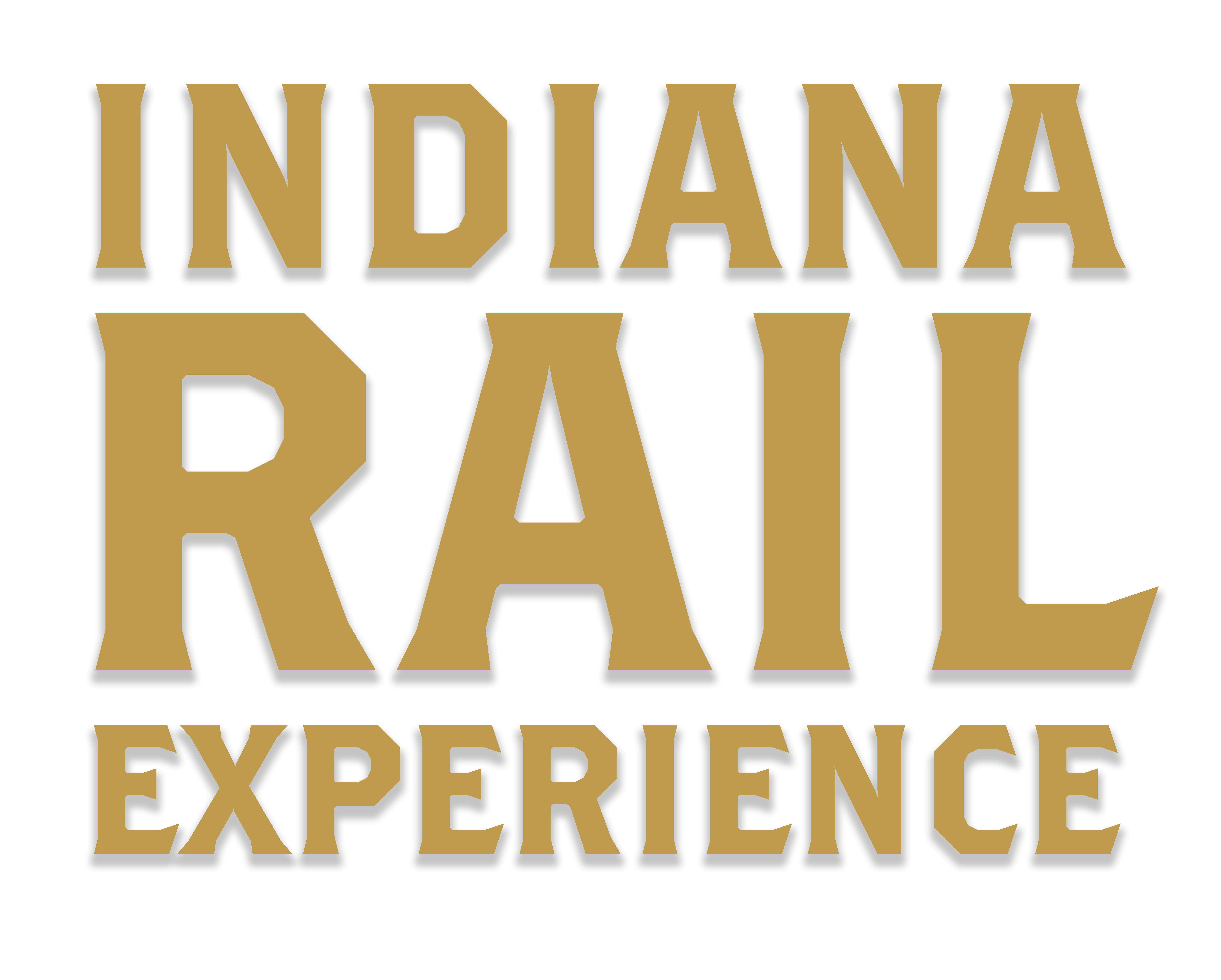Named after the largest tributary of the Hudson River, the “Mohawk-type” locomotive No. 3001 is one of two remaining mainline New York Central steam locomotives left in the world. Upon a successful overhaul, the 3001 will be the first and only New York Central steam locomotive to operate in 67 years.
Fine-tuned for high-speed passenger train service, but constructed with enough horsepower to handle any freight train, the Mohawks were the beating heart of the Great Lakes region. They were fast, economical, handsomely designed, and closely resembled the railroad’s famous “Hudson” type engines. The Mohawk design was so popular that the railroad employed 600 of them on their roster, making them the most frequently observed iron horse on the mainline until the end of the steam era.

